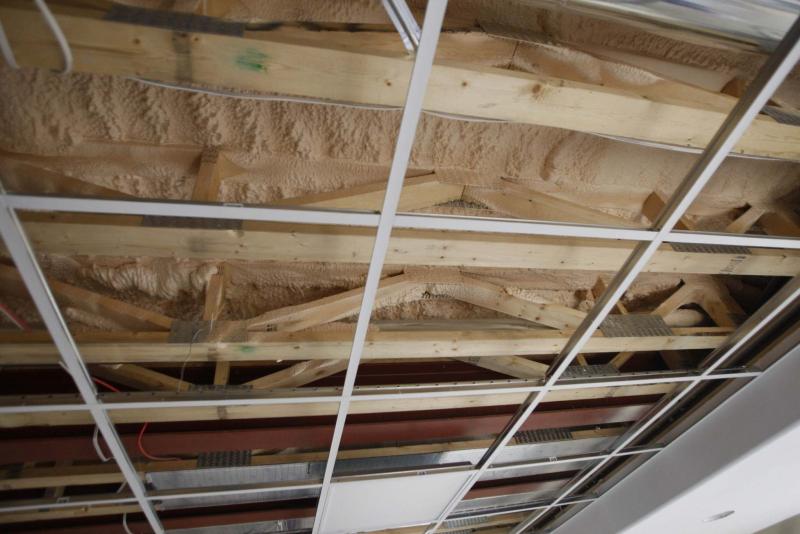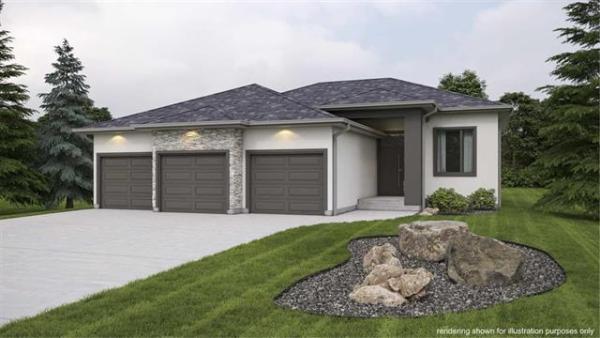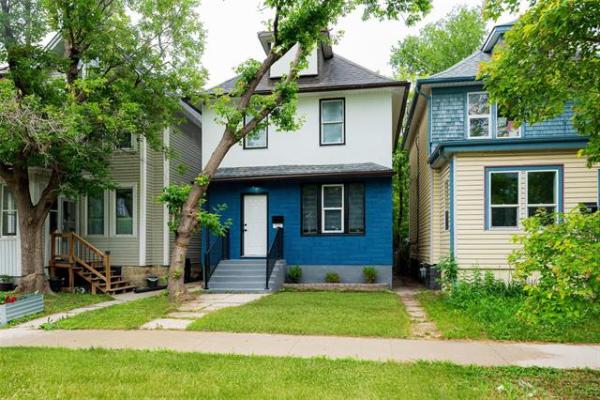Question: I have an inquiry regarding spray foam insulation. I am having renovators create a new bedroom in the attic above our existing double attached garage. The renovation professionals and the engineers all recommend spray foam insulation as the material of choice for the floor, walls and ceiling. They state it has the best air-sealing properties, and will creep into all spaces. Also, there does not need to be any roof venting, since no warm moist air will escape from the new bedroom and have to be vented. I would prefer fibreglass batts like the rest of my home.
The reason I am concerned is because of the toxic qualities of the spray foam and exposure to long-term off-gassing. I feel it is a relatively new product that has not been adequately tested for long-term health hazards for the home occupants. I fear it will be the harmful urea formaldehyde (UFFI) of the 21st century. I understand that spray foam is supposed to be safe if installed properly, but I’m not convinced. We’ve been down this road before with many products. Are my fears unfounded?
Thank you, Kelly Milan
Answer: Exercising caution when embarking on bold renovations is prudent, but ensuring unsubstantiated biases are not part of the equation is equally as important. High-density polyurethane foam insulation is not only a safe choice for your project, it may be one of only a few types that will ensure you don’t create a serious moisture issue.
There will be two difficult areas to deal with in your planned additional living space over your attached garage: the floor and the roof.
Both of these areas are currently in unconditioned space, meaning they are not heated or cooled like the rest of the living space.
The attic floor may have some insulation, currently, but that will be to prevent heat loss from the garage, not the other way around. When you turn this former attic into a bedroom, you will be heating it and will have to prevent heat loss through the walls, roof, and the floor.
Both the top and bottom of the new bedroom pose unique challenges in this regard.
Because warm air rises, keeping the new bedroom floor comfortable above an unheated garage may pose even a bigger problem than the roof when it comes to insulation.
Simply filling the floor with fibreglass batts or other forms of insulation may prevent excessive heat loss but will do little to warm it as there is no warm air below to rise into that space.
To combat this situation, local home builders have developed a "hot box" system that partially solves the issue. In that system, the ceiling of the garage is insulated, while leaving a cavity above the insulation and below the living space floor. Typically, heating ducts from the furnace are run inside this cavity, somewhat warming it. The insulation below will prevent excessive heat loss to the garage and the air space around and above the ducts will be much warmer than if it was completely filled with insulation. If you fill the lower garage ceiling area with blown-in foam it will automatically air seal it while maintaining a higher insulation level with less thickness than batts. This may also be important as space will be at a premium in this floor, which will likely have to be reinforced to accommodate the new bedroom.
As far as the roof is concerned, there will be no attic space left when the current one is converted. (That may not be fully true if the existing roof is redesigned, but there still may be large areas of sloped, cathedral-style ceilings to deal with.) These areas will have no room for proper ventilation as they will now need large amounts of insulation to prevent heat loss from the new living space. Filling these spaces up with anything but high-density polyurethane foam, possibly with additional sheets of foam insulation installed on the underside of the rafters, is the only practical option.
Batt insulation in these areas would require a polyethylene air/vapour barrier on the underside, which would not provide the best air-sealing properties for the newly insulated roof system. Condensation inside this cavity would be likely, as well as thermal bridging through the rafters and melting snow on the roof. This will lead to ice damming and premature deterioration to the roofing, and possible moisture intrusion into the garage below.
Simply because fibreglass batt insulation has been safely used for decades does not necessarily mean it is the best material for modern construction. As housing has evolved, and the building enclosures have become more and more airtight, there is a higher chance of moisture issues with batt insulations that do not stop air movement. Those issues can all but be eliminated by using foam insulations which not only fill up the entire cavities in which they are installed, they are highly impermeable to air as well.
As far as safety is concerned, when properly mixed and installed there should be little off-gassing or deterioration from polyurethane foam insulation for decades. This product may be toxic while being installed but will become safe within hours, as it quickly cures. Just look at how many items inside our homes contain polyurethanes, or other polymers, that are not sealed behind layers of drywall and paint.
It is true there are numerous incidences of building materials gone wrong over the years, but blown-in, high-density polyurethane foam insulation has been in general use for more than two decades with minimal problems.
Not only is this product safe, as recommended by your contractors and engineers, it may be the only practical solution that ensures your new living space does not encounter serious moisture-related issues.
Ari Marantz is the owner of Trained Eye Home Inspection Ltd. and the past president of the Canadian Association of Home & Property Inspectors — Manitoba (cahpi.mb.ca). Questions can be emailed to the address below. Ari can be reached at 204-291-5358 or check out his website at trainedeye.ca.
trainedeye@iname.com




